
We went out last night for the first time in a week. We’ve been sick at home. We were greeted with a spectacular sky and sunset.

Praise God for this amazing evening greeting.


We went out last night for the first time in a week. We’ve been sick at home. We were greeted with a spectacular sky and sunset.

Praise God for this amazing evening greeting.

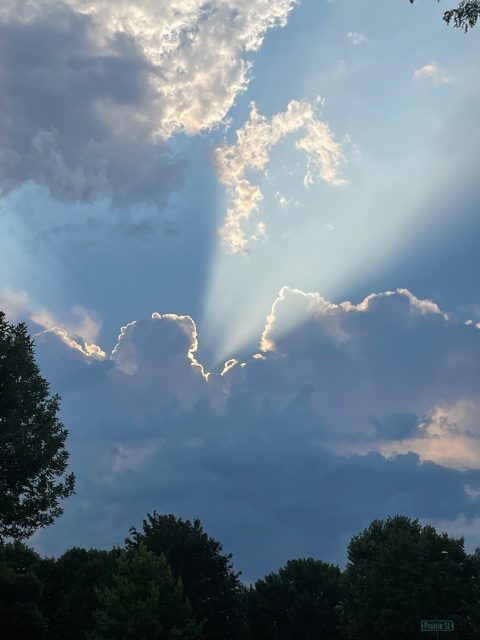
This amazing scene greeted me this morning on my walk.
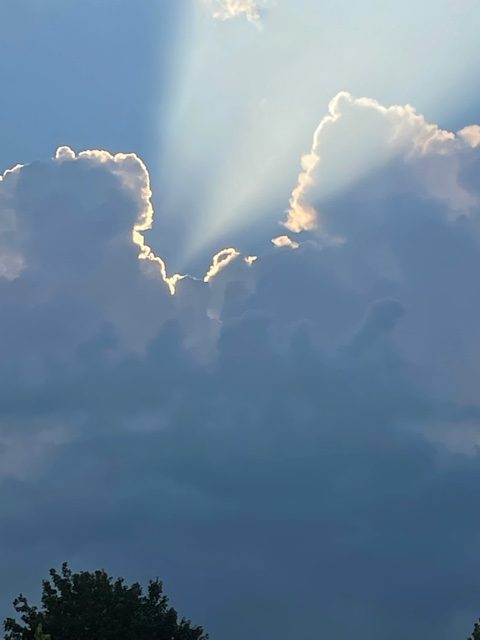
I love how the clouds are outlined by the sunshine.
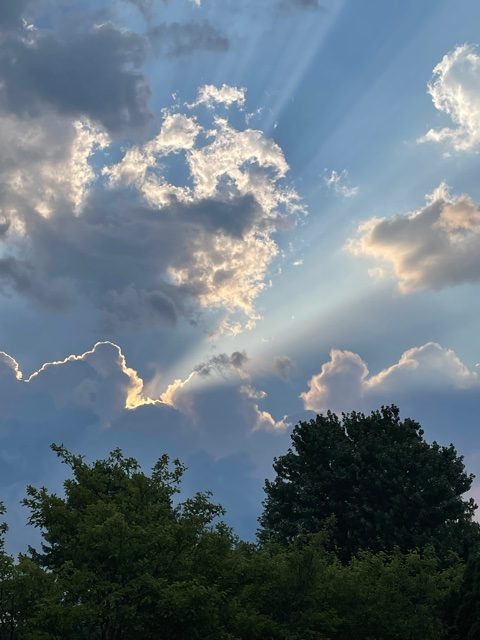
The heavens declare the glory of the Lord…
What a way to start the day.
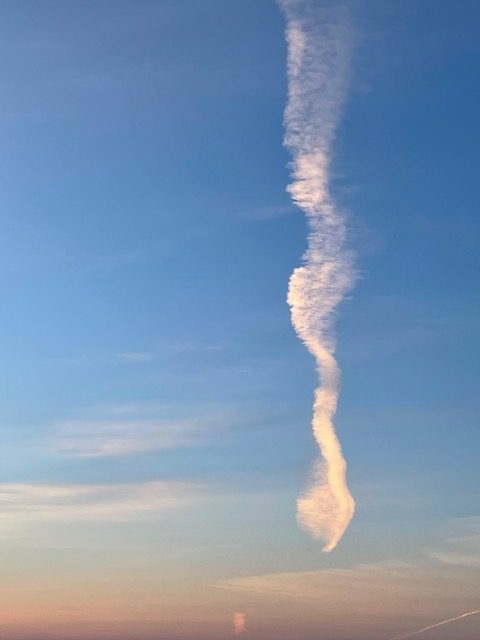
My husband says it a jet vapor trail, I say it’s a cloud, but whatever it is, it made for beautiful sky art this morning over Lake Superior.
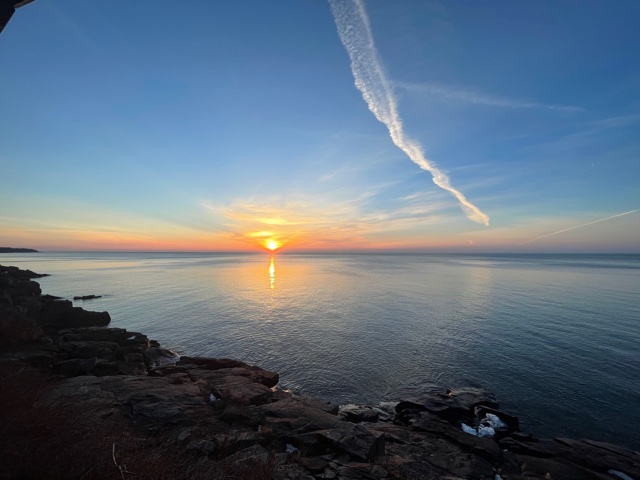
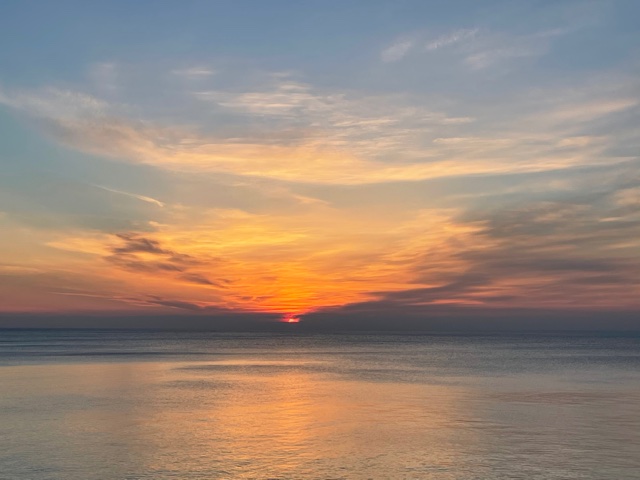
We have always enjoyed buckling ourselves into our car seats and taking scenic drives, heading out of town on country roads. It’s fun to see the varied landscapes in our great state.
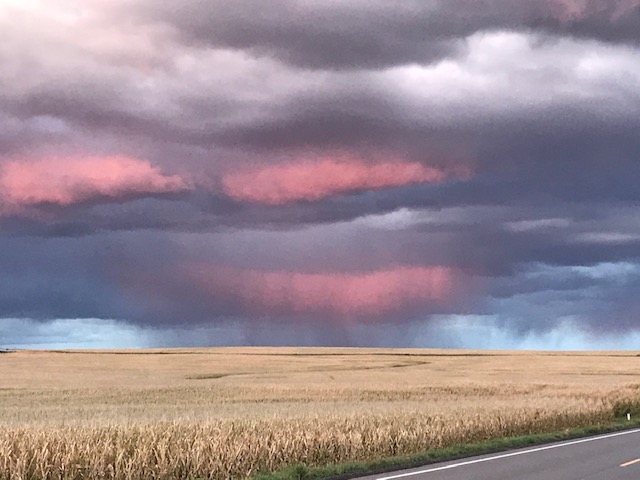
When the pandemic took hold we started to take more frequent rides to get us out of the house.
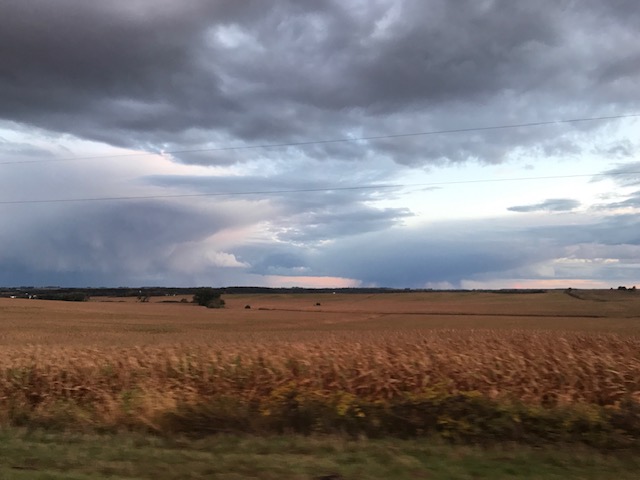
Last week we drove a short 20 miles loop around Northfield and were mesmerized by the sky. These dramatic photos were snapped when we quickly pulled over to the side of the road a couple of times.

This particular evening we were on a road where you could see a whole lot of sky. The sky is always fun to watch. It has so many displays: blue with soft, white, fluffy clouds or clear blue with no clouds, and sometimes stormy skies with dark, angry clouds.
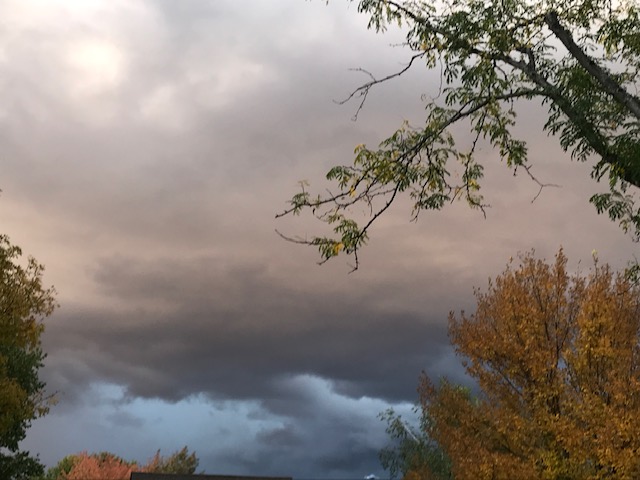
On our way back to town we saw this gorgeous sunset.

I’m compelled to include the photo below, taken in July 2018 (pre-pandemic) on a drive west of Northfield. It was eerie. Soon after I took the photo it began to rain. Fortunately it was not a tornado.
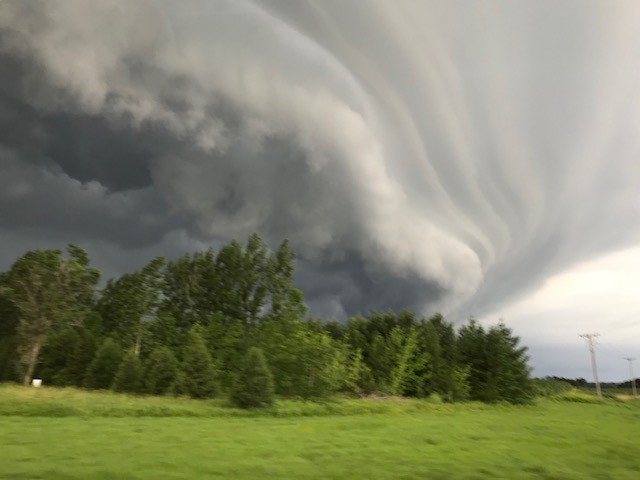
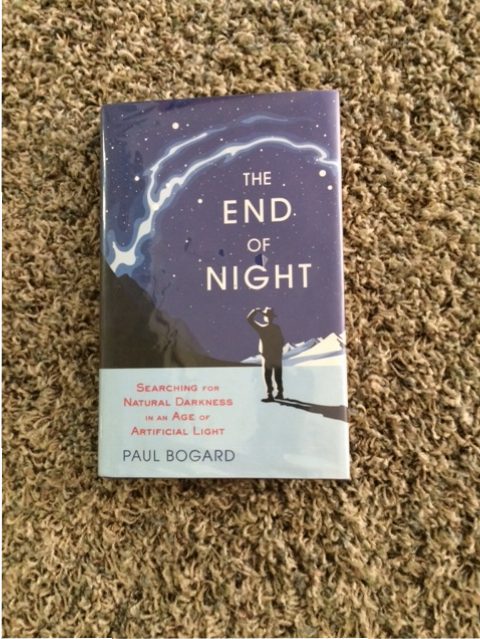 I finished reading The End Of Night; Searching for Natural Darkness in an Age of Artificial Light by Paul Bogard. Folks on the BWCA trip recommended the book. I requested it from the library and when I picked it up I wondered how a 270 page book on artificial light could possibly hold my interest, but it did. Simply put, it addresses light pollution and it’s affect on our planet, our bodies, our lives. It was written in 2013…who knew there are groups out there advocating for better type of lighting in our cities (all over the world) so we don’t “drowned out” the Milky Way?
I finished reading The End Of Night; Searching for Natural Darkness in an Age of Artificial Light by Paul Bogard. Folks on the BWCA trip recommended the book. I requested it from the library and when I picked it up I wondered how a 270 page book on artificial light could possibly hold my interest, but it did. Simply put, it addresses light pollution and it’s affect on our planet, our bodies, our lives. It was written in 2013…who knew there are groups out there advocating for better type of lighting in our cities (all over the world) so we don’t “drowned out” the Milky Way?
I started reading the book at the cabin up on the north shore. While having a campfire on the rocks our last evening, the sky was clear. It was a new moon, therefore there was no light competition for the stars. I have always paid attention to the phases of the moon, especially when we go up north. After the campfire I suggested we get in the car and drive to the top of the hill on Sawbill Trail and turn out the car lights to stargaze. We did. On the hill we were far away from artificial light: no city lights, no cabin lights, no headlights…and it was spectacular to see the beautiful dome of stars.
In church recently I talked with a woman who had just returned from “up north” and mentioned how her young son was amazed to see so many stars in the night sky, unlike what he sees at home. This is one reason of concern in the book.
Reading the book brought back a couple of memories. One evening, when our boys were younger, we were camping in northern MN with two other families. The air was still and the sky was clear. After dark, we all hiked to the small lake in the campground and saw the stars reflecting in the calm, unruffled water. It was a stunning scene and one I have thought of several times through the years.
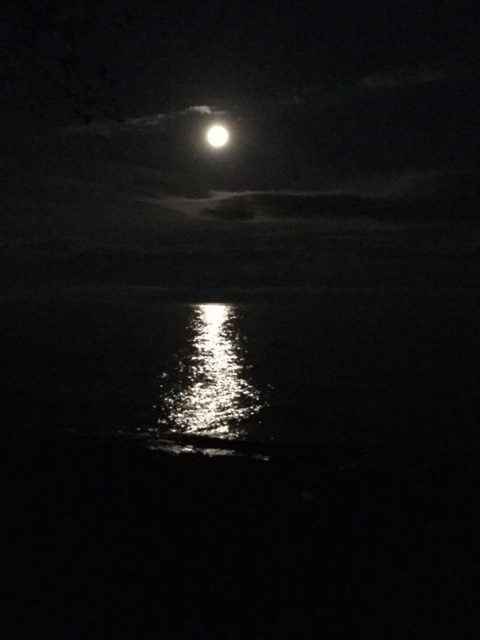
Another special outdoor, nighttime memory is walking with a friend when the moon was full. At first we joined organized hikes with a naturalist, but after a few months we just started walking on our own on nights when the sky was clear and the moon was full. It was great and we had enough light from the moon to walk the path without flashlights.
I love light, as most people do, but this book gave me a new appreciation for our need for darkness too, and for our wonderful, magnificent night sky.